Search
Search Results
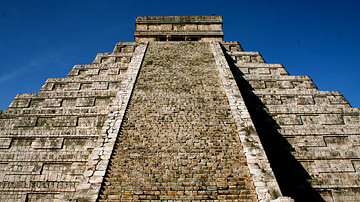
Article
The Maya Calendar and the End of the World: Why the one does not substantiate the other
The Popol Vuh recounts the story of twins who journeyed to Xibalba. For the Maya, their round of adventures serves as a metaphor for timeless, repeating cycles and for the regeneration of earth and all living things. – Gene S. Stuart, Mayanist...
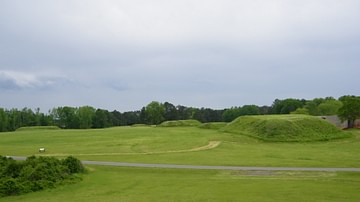
Definition
Moundville
Moundville is an archaeological site and park in Hale County, Alabama, USA on the Black Warrior River enclosing a Native American site dated to c. 1100 - c. 1450 CE. The earthen mounds which give the site its modern name were built by an...
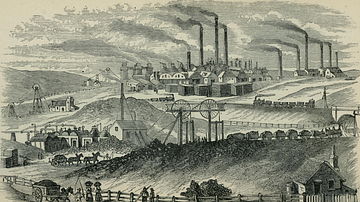
Article
Coal Mining in the British Industrial Revolution
Coal mining boomed during the British Industrial Revolution as it provided fuel for steam engines of all kinds in factories, transport, and agriculture. Draining flooded mines to extract more coal was the reason the steam engine was invented...
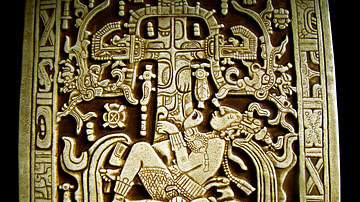
Article
The Mayan Pantheon: The Many Gods of the Maya
The pantheon of the Maya is a vast collection of deities worshipped throughout the regions of Yucatan, Quintana Roo, Campeche, Tabasco, and Chiapas in Mexico and southward through Guatemala, Belize, El Salvador and Honduras. These gods informed...
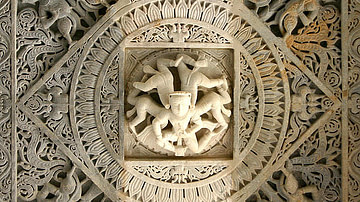
Definition
Jainism
Jainism is one of the oldest religions in the world. The name comes from jiva (soul or life force but, capitalized, is also given as Spiritual Conqueror) as it maintains that all living things possess an immortal soul which has always and...

Definition
Stupa
A stupa (literally “heap” or “pile”) is a reliquary, a shrine containing the remains of a holy or sainted person and/or artifacts (relics) associated with them, originating in India prior to the 5th century BCE as tombs of holy men and evolving...
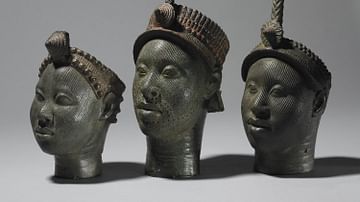
Definition
Ife
Ife (aka Ile-Ife) was an ancient African city which flourished between the 11th and 15th century CE in what is today Nigeria in West Africa. Ife was the capital and principal religious centre of the Yoruba kingdom of Ife, which prospered...
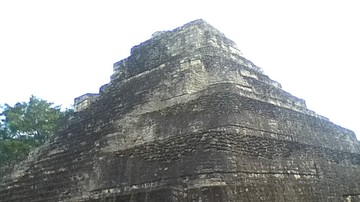
Definition
Chacchoben
Chaccoben (pronounced chac-CHO-bin) is a Maya site dated to c. 700 CE located in the state of Quintana Roo, Mexico. Once a large and significant urban religious center, the city was abandoned c. 900-950 CE at about the same time as the other...
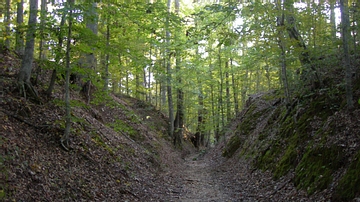
Definition
Natchez Trace
Natchez Trace is a historic site and park in the United States commemorated by the Natchez Trail Parkway stretching 444 miles (715 km) from Natchez, Mississippi, through northern Alabama, to Nashville, Tennessee, roughly adhering to a series...
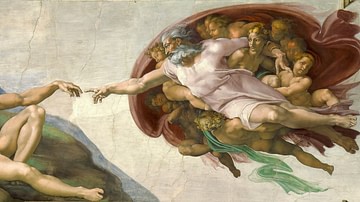
Article
Michelangelo's Sistine Chapel Ceiling
In 1508 CE the Pope commissioned the celebrated Florentine sculptor and painter Michelangelo (1475-1564 CE) to paint scenes on the ceiling of the Vatican's Sistine Chapel. The walls of the chapel had already received decoration from some...